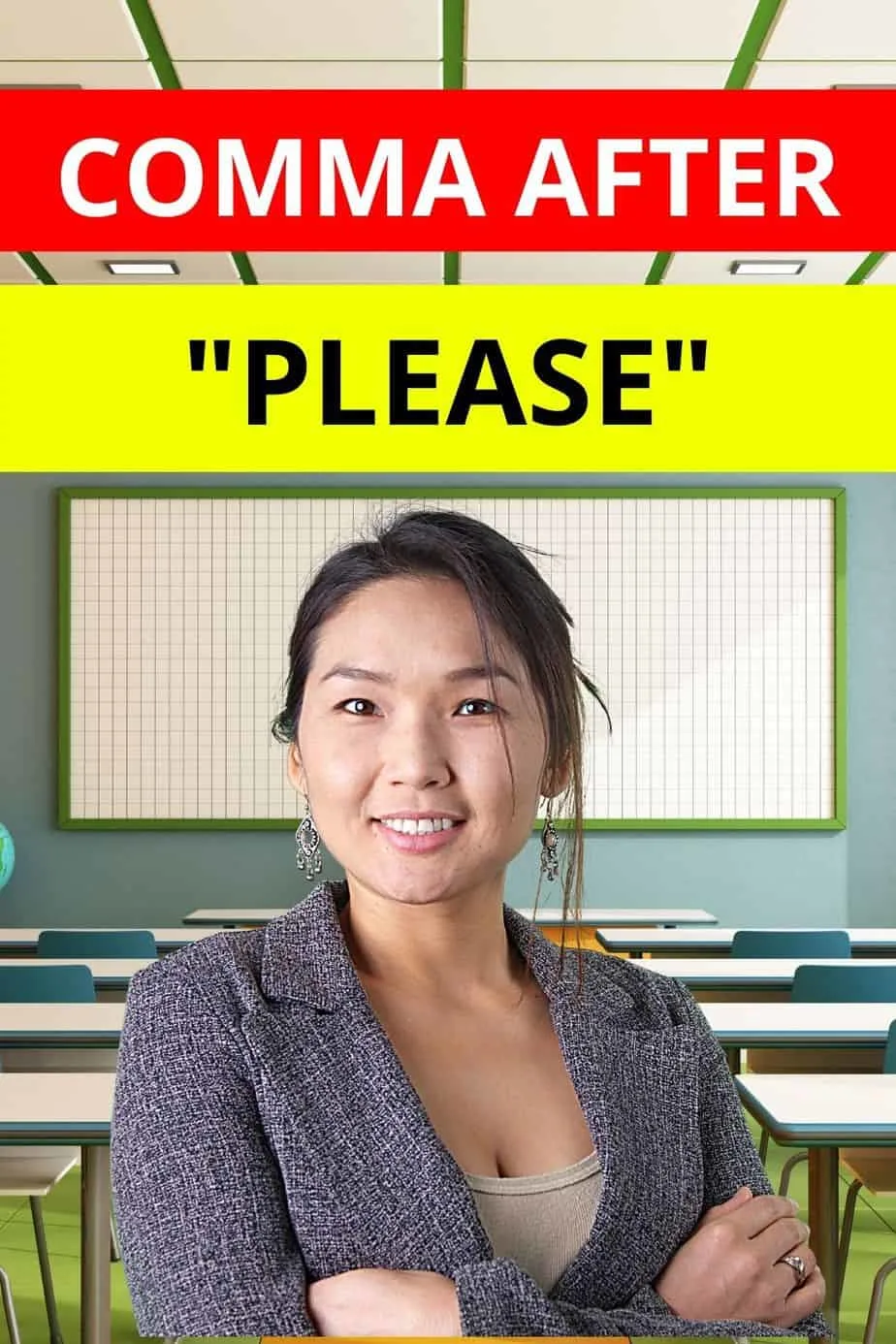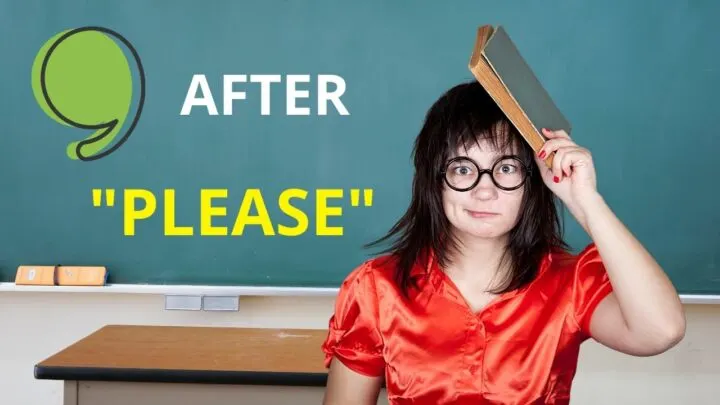When discussing punctuation in relation to “please”, it is undeniable that people have contrasting opinions on what is grammatically correct.
It is difficult to punctuate “please” because, like many other words, it can act as a noun, verb, interjection, or even as a conjunction.
You won’t include “please” often in your writing, but when you do, we want you to be ready for it.
Linguaholic is committed to helping you improve your use of grammar and we are excited to dive into this new topic. Continue reading for more!
Is a comma after “please” ever necessary?
“Please” can be used as a noun, a verb, a conjunction, and as an interjection. Its placement within the sentence also has a strong influence on whether or not a comma after “please” is necessary. When “please’ is used as a noun, a comma should not be placed following it. The same rule will apply if “please” is used as a verb. Based on this pattern, one can deduct that a comma after “please” when it is used as a conjunction is also not recommended, unless tone needs to be emphasized. If “please” is placed in the middle of the sentence, it is normally used as an interjection, in which case a comma after it is also not necessary. Overall, a comma after “please” is rarely necessary, but it can be at the writer’s discretion to highlight tone.
“Please” as a noun in an essential clause
When we use “please” as a noun, a comma should not be placed following it.
As a noun, “please”, is used to add meaning to the essential clause, adding information that will aid the reader’s understanding:
As you can see above, “please” is not followed by a comma. This is the correct way of structuring the sentence because it doesn’t isolate “please” as a noun, unnecessarily breaking up a clause.
When a noun is used, the general rule is that it should be followed by a comma unless it is used as part of a list.
You should use this example as guidance when you are looking to include “please” as a noun in academic papers and professional emails.
In Example 2, “please” is followed by a comma, which is incorrect. As mentioned above, “please” shouldn’t be followed by a comma when it is used as a noun.
You might have noticed that the readability of this example is not as strong as the first one.
If “please” is used as a verb
If “please” is used as a verb, rather than a noun, a similar rule as the one highlight will follow. The examples below will highlight this:
In this example, “please” is used as a verb; similarly to a noun, its function is to add meaning to an essential clause.
This is also why a comma after “please” has not been introduced; there simply isn’t a need to break up the sentence.
In academic papers and professional settings, you should follow this example as guidance.
This example showcases a sentence structure that is universally considered to be grammatically incorrect. In this case, a comma is placed after “please”, when it is used as a verb, which is not necessary.
The rhythm of the sentence is interrupted at the comma, stunting the reader in a way that is not natural. You should not use this example as guidance.
What about when “please” is used as a conjunction?
When “please” is used as a conjunction, a comma should not be placed following it, unless there is an inherent need to emphasize a certain part of the sentence. The following examples will highlight this rule:
“Please” acts as a conjunction in this case, as it creates a bridge between the two separate parts of the sentence. A comma is placed before it to separate the two parts, but it is not placed after it.
This is because, similarly to when “please” is used as noun, “please” is introduced to add meaning to a sentence. A comma after “please” when it is used as a conjunction is not necessary.
In the above example, a comma after “please” is placed, which emphasizes it. This is a stylistic choice that you can make based on how you want tone to come across.
“Please” in the middle of the sentence
In the examples below, we will highlight how to use a comma when “please” is located in the middle of the sentence. This is probably how you have used “please” most often.
When please is used in the middle of the sentence as an interjection, a comma should not be placed after it. Here an example highlighting this:
In the example above, “please” is used as an interjection. It is used to imply a sudden emotion or a powerful feeling.
“Please” is not isolated by commas because a continuous flow needs to be created to improve readability.
In this case, “please” is also used as an interjection, but a comma is placed after it. This is a grammatical choice that is not correct.
You can include commas in your writing, if you deem it appropriate, to allow tone to come across, however you should not use the example above as guidance in professional settings.

Comma after please: The Definitive Guide
“Please” at the end of the sentence
When “please” is located at the end of the sentence, the rule of thumb is that you will need to place a comma preceding it. As an adverb, “please” should be isolated from the rest of the sentence. The examples below will showcase this:
Example 1: Can you pass me the salt, please?
In this example, “please” has been used at the end of the sentence and a comma has been correctly placed preceding it.
The aim of “please” within this context is to allow politeness to come across in tone. “Please” is not providing any important information to the reader, which is why it has been isolated.
Example 2: Can you pass me the salt please?
Example 2 is incorrect. You should always place a comma before “please” when please is placed at the end of the sentence.
If you want to come across as professional in your writing, you should never follow this example as guidance.
Conclusion
As you might have been able to deduct, a comma after “please” is rarely recommended, and almost never necessary.
In finalizing your understanding of comma placement in relation to “please”, we hope that you were able to end this piece with a better comprehension of punctuation. Until next time!

Hey fellow Linguaholics! It’s me, Marcel. I am the proud owner of linguaholic.com. Languages have always been my passion and I have studied Linguistics, Computational Linguistics and Sinology at the University of Zurich. It is my utmost pleasure to share with all of you guys what I know about languages and linguistics in general.

